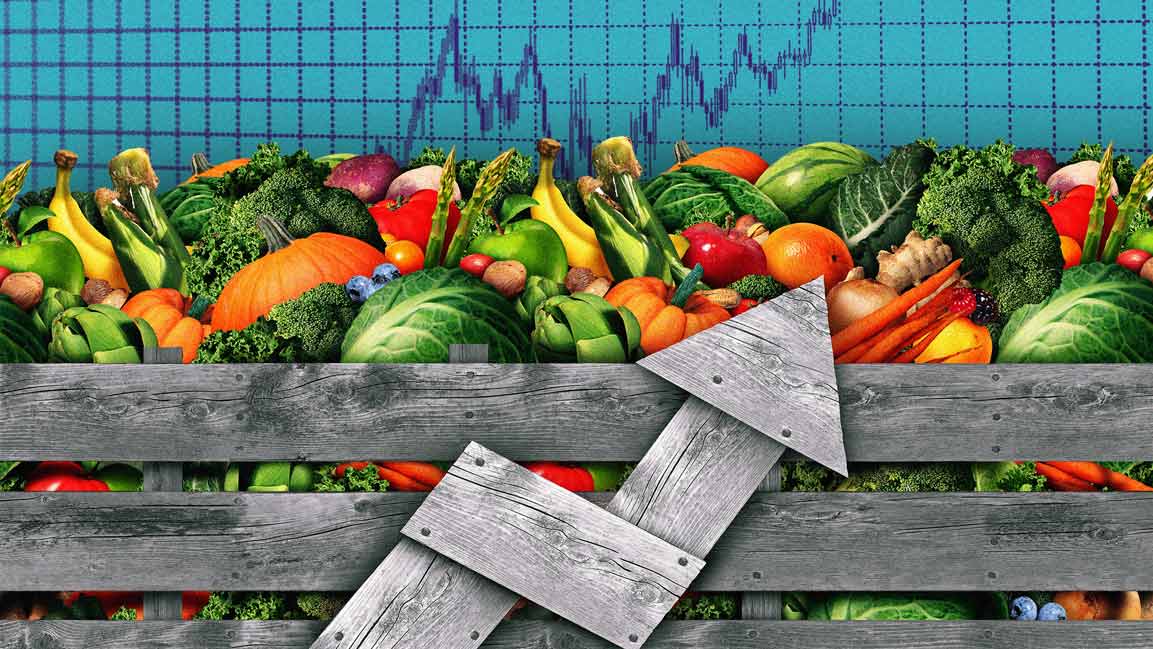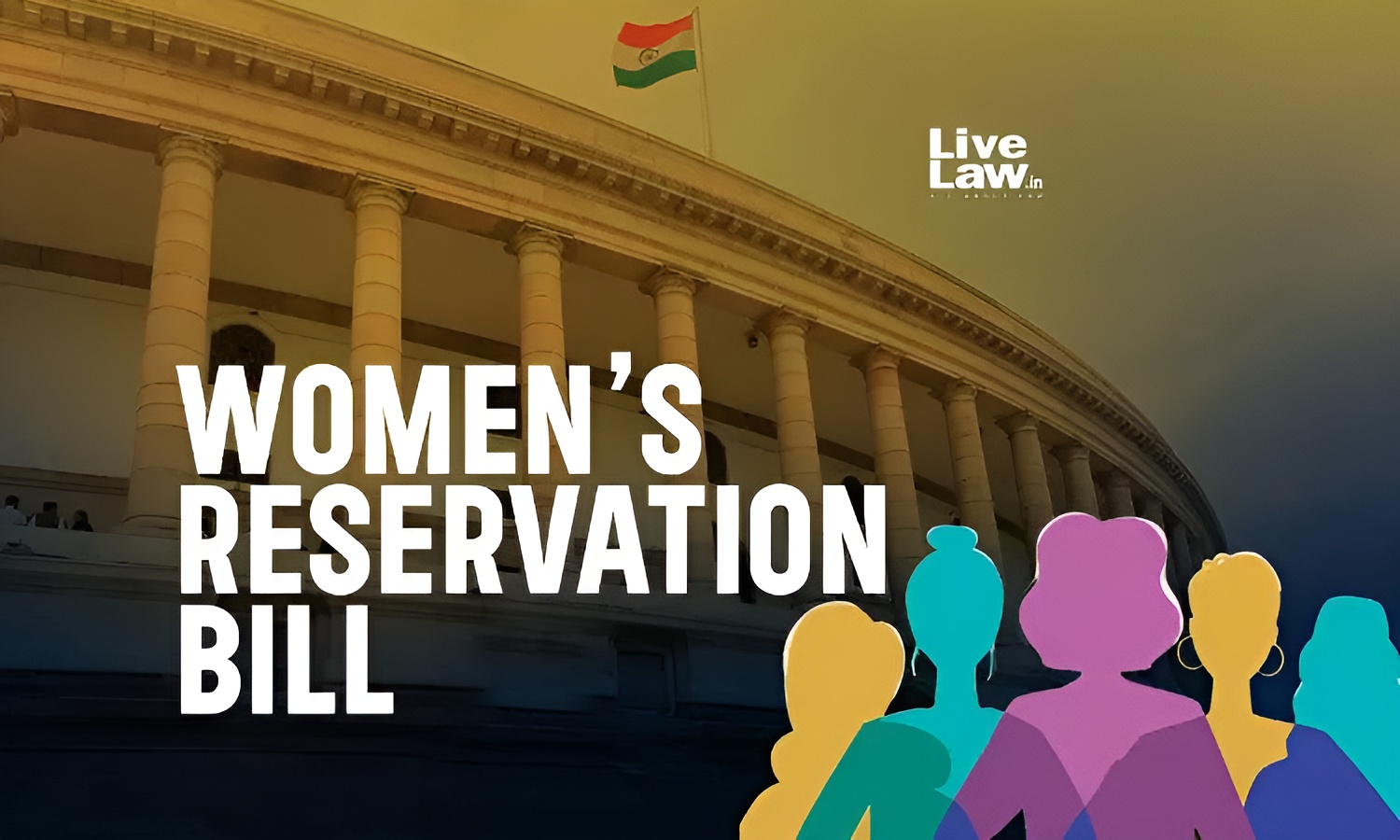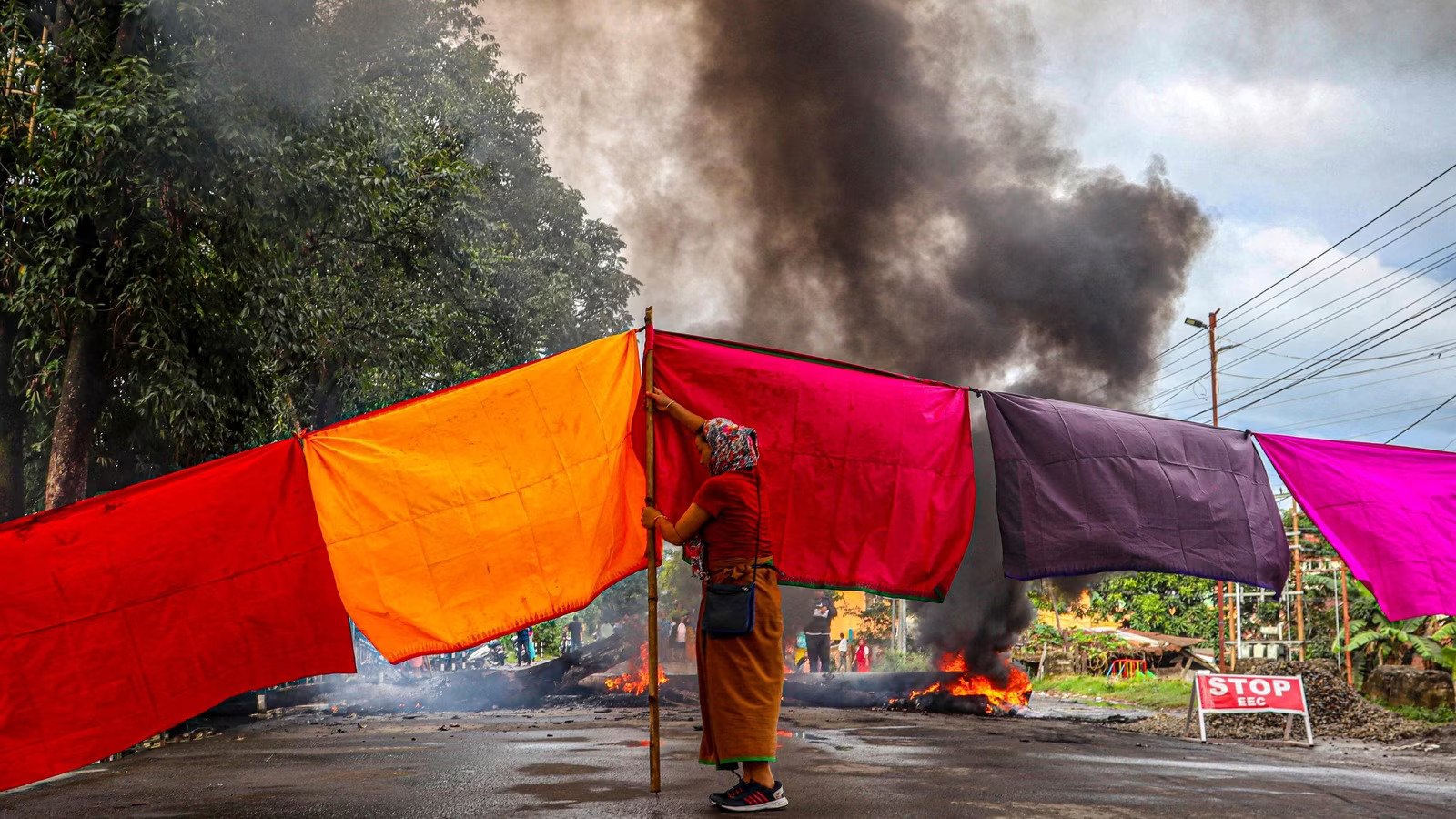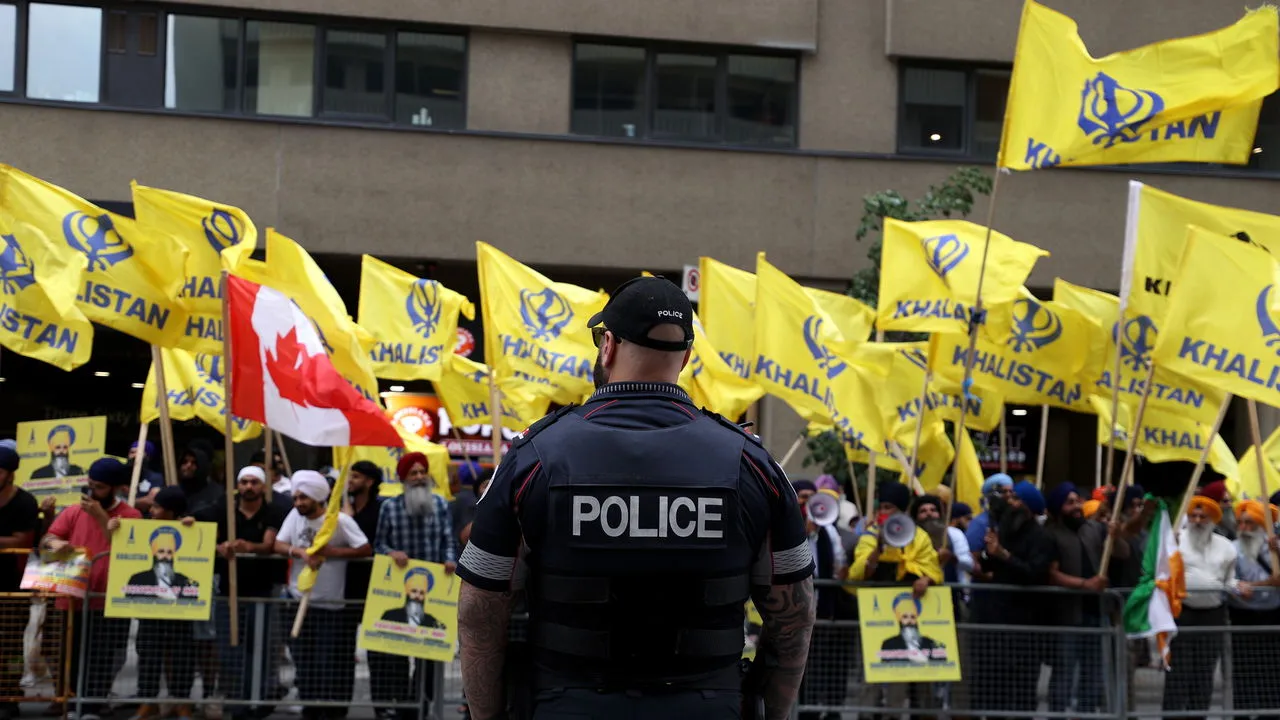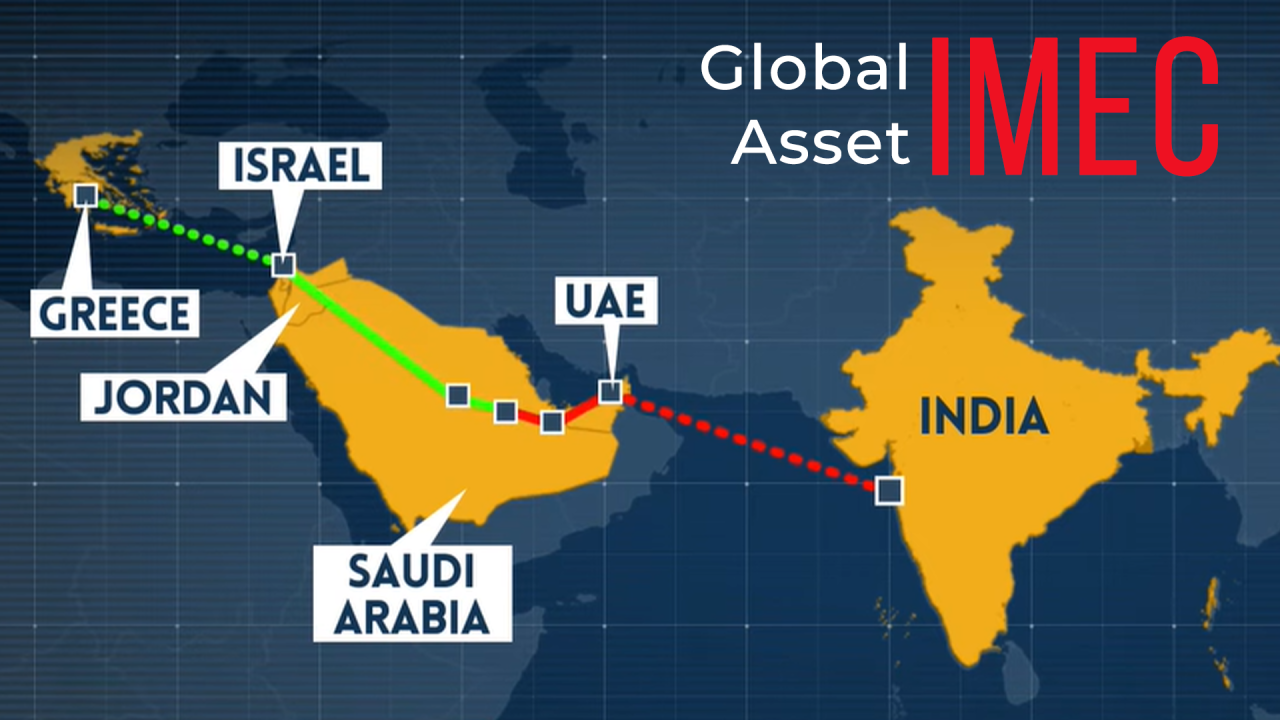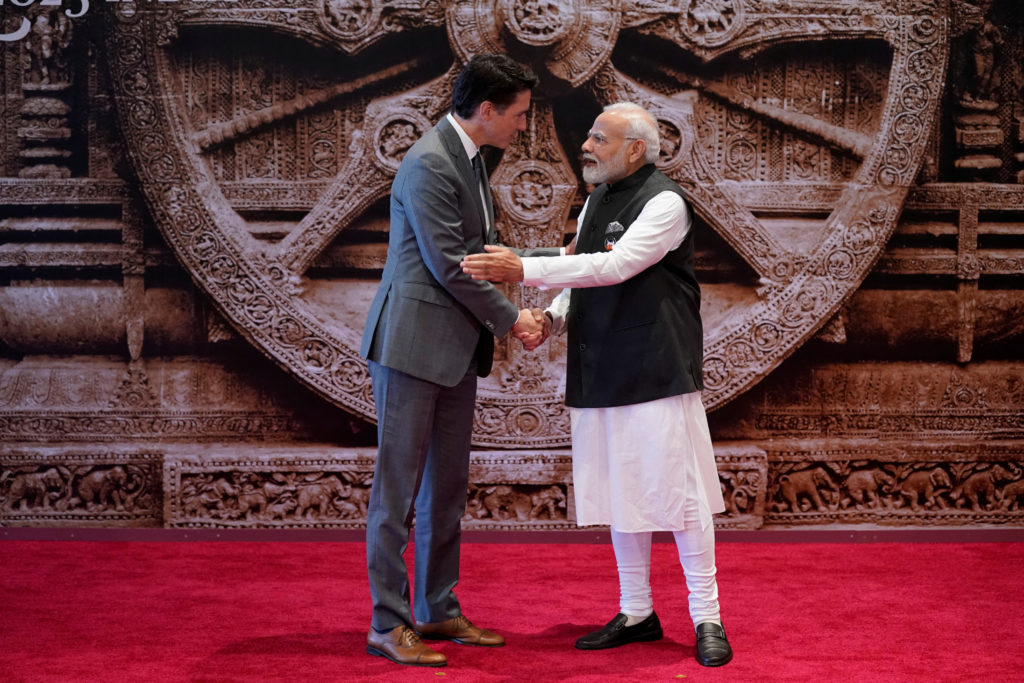Elections are more than just a political event in India, the largest democracy in the world; they are a reflection of the aspirations, desires, and worries of more than a billion people. Everyone is wondering if voters will excitedly anticipate the promised “Amrit Kaal” (Golden Era) or if the threat of food inflation will be the deciding factor as the nation prepares for another vital election season.
In India, political campaigns frequently center on lofty promises and ambitious commitments. “Amrit Kaal” is no exception. Politicians frequently pledge to bring about the vision of wealth, advancement, and general well-being that they hold out to the people. Voters eagerly anticipate the fulfillment of these promises in the hopes of a better future for themselves and their families.
The ‘Amrit Kaal’ storyline includes promises of economic expansion, job development, and higher living standards. Politicians promise voters that they will address enduring problems and bring about radical change in order to usher in an era of growth and prosperity.
Even though “Amrit Kaal” has an allure that is alluring, the hard reality of food inflation continues to be a major worry for millions of Indians. Food inflation is the term used to describe the rising costs of necessary food items, which can directly affect how people live their everyday lives. When food prices rise, it becomes more and more difficult for people and families to make ends meet, resulting in stress and strain on their finances.
Many things, such as supply chain snarls, weather-related crop failures, and global market dynamics, can be blamed for food inflation. It is a problem that transcends party lines and has to be mitigated with strong economic policy and effective governance.
Back in 2013, the UPA government had fallen out of favor due to persistent food inflation. The poor were suffering from double-digit food inflation, and the opposition started making fun of the previous prime minister, Manmohan Singh, for his inability to keep food costs under control despite the fact that he is a distinguished economist. Despite not being an economist, Prime Minister Narendra Modi has previously bragged that his administration controls inflation better than Manmohan Singh’s. But Modi was fortunate to see a decline in the cost of food, metals, and energy in the years following 2014, which restrained inflation in general.
The Bharatiya Janata Party is very concerned about the stickiness in food prices as many state elections and the national elections of next year approach, although Prime Minister Modi’s honeymoon with low to moderate inflation has all but ended.
The tendency appears to be repeating itself in 2023, just as food inflation peaked in the second half of 2013. Double-digit food inflation was recorded in July and August as India had an 11% monsoon deficit for the first time in eight years. Expectations of inflation are undoubtedly rising as a result of the government’s export restrictions on a variety of foods. For a long time now, the prices of milk, pulses, and edible oil have generally been substantially on the higher side.
The BJP and Prime Minister Modi may face political challenges during the upcoming assembly elections in Madhya Pradesh, Rajasthan, Telangana, and Chhattisgarh if food inflation persists in the coming months. The BJP recently reduced LPG prices by Rs 200 because it is aware that high energy prices, particularly those for cooking gas, severely harm the party in Karnataka. LPG, diesel, and gasoline costs are still quite high.
It is very challenging to put the genie back in the bottle once inflationary expectations start to grow in the economy. The first set of extremely high inflationary expectations was brought on by the Ukraine war last year. The cost of food and energy both increased dramatically, and global inflation experienced an unheard-of surge. With the use of crude monetary policy tools, the advanced economies were severely impacted and are currently struggling with excessive inflation. India cannot buck the general trend of increased prices and slower GDP because it may take some time for global inflation to slow down.
Although there appears to be some rebound in the April–June quarter (a claim that economists like Ashoka Mody challenge), the GDP of India really grew by just about 3.5% yearly from 2019–20 to 2022–2023. Therefore, even before a genuine recovery is underway, inflationary expectations are becoming entrenched, and earnings have not actually recovered all that much. The consumption patterns of the lower 70% of the population, whose earnings were severely impacted by the COVID-19 pandemic, provide a strong indication that they have not yet recovered.
On September 15, Mallikarjun Kharge urged the prime minister to quit using delaying strategies and concentrate on reducing inflation because the “grand loot” carried out by his administration is primarily responsible for the hardship experienced by the 20% of Indians who are the poorest.
According to a national study conducted by the Centre for Monitoring the Indian Economy, consumers believe that prices will continue to rise and that even future income growth will be modest. Even if there are many self-congratulatory statements about India being a model for global growth, this reflects the general view.
One can’t help but get the impression that Prime Minister Modi is in the mood to roll out a campaign similar to India Shining, which his mentor L.K. Advani launched in 2003 on the strength of a burgeoning economic recovery. Is the BJP once again using its own self-serving narrative to create a bubble? India in 2023 is undoubtedly different from the nation it was in 2003. Voters now appear to be prepared to endure tremendous suffering before beginning the promised “Amrit Kaal” (period of enormous wealth). Voters also have a propensity to change their thoughts quickly, which will keep political parties on edge in the upcoming months.
As the electorate weighs the promise of “Amrit Kaal” against the reality of food inflation, the next elections in India are expected to be a turning point in the history of the country. Voters long for a government that can strike the appropriate balance between addressing urgent concerns about the cost of living and providing a route for advancement.
The ability of political leaders to connect with the hopes and fears of the populace will ultimately determine the result. Will voters in India wait impatiently for “Amrit Kaal,” or will food inflation determine the outcome of the elections? Millions of Indian residents will vote, yearning for a better future but keeping a close watch on the cost of their daily nourishment. Their votes will hold the key to the solution.
